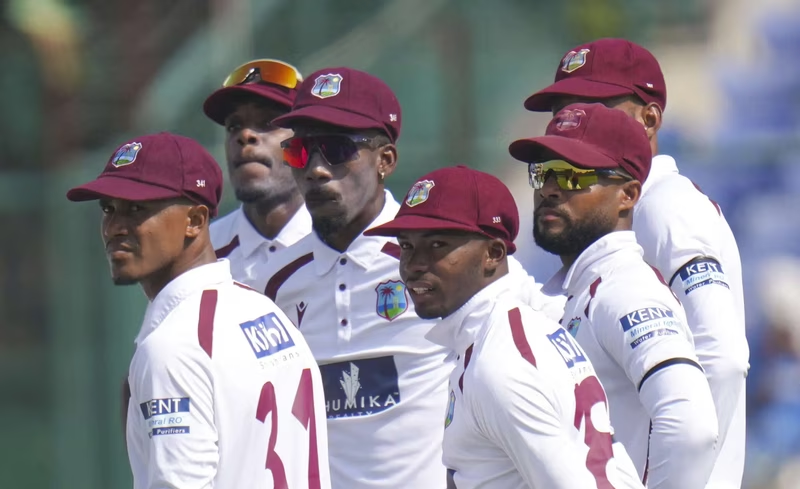India’s Bold Follow-On Call Stuns Windies: ‘It Was a Bit Surprising!’
On a sun-baked day in October 2025, India’s decision to enforce the follow-on against the West Indies in their ongoing Test match raised more than a few eyebrows. West Indies spinner Khary Pierre openly admitted his surprise, calling the move “a bit surprising,” even as his teammates mounted a spirited fightback on Day 3 .
Why India’s Follow-On Decision Raised Questions
After bowling out the West Indies for just 130 in their first innings, India posted a commanding 375 in response—a lead of 245 runs. Conventional wisdom in modern Test cricket often leans against enforcing the follow-on, especially on subcontinental pitches that can deteriorate and offer turn later in the match. Yet, India’s captain opted to send the Windies back in immediately.
Khary Pierre, the 34-year-old spin-bowling all-rounder recently called up to the Test squad , didn’t mince words when asked about the decision. “It was a bit surprising,” he told reporters, adding that the pitch still looked very much playable for batting .
Windies Fight Back with Grit and Guts
Far from crumbling under pressure, the West Indies openers responded with defiance. John Campbell and Shai Hope stitched together a crucial 138-run partnership, taking their side to a respectable 173/2 by stumps on Day 3 . Their counterattacking approach not only steadied the ship but also reignited hopes of a competitive finish.
Pierre praised his teammates’ resilience: “It’s all about application… The Test match is still on,” he emphasized, underscoring the belief that the pitch hasn’t yet begun to deteriorate significantly .
Pitch Report: Is It Really Deteriorating?
One of the biggest talking points surrounding India’s follow-on call is the nature of the pitch itself. Historically, Indian pitches start offering sharp turn from Day 3 or 4, making batting increasingly difficult. However, current observations suggest this surface is holding up better than expected.
Here’s a quick look at how the pitch has behaved so far:
| Day | Avg. Runs/Over | Wickets (WI Batting) | Pitch Behavior |
|---|---|---|---|
| Day 2 (WI 1st Innings) | 2.8 | 10 | Some turn, inconsistent bounce |
| Day 3 (WI 2nd Innings) | 4.1 | 2 | Firmer surface, less assistance |
This data suggests that the pitch may not be as treacherous as India anticipated—potentially validating Pierre’s surprise.
What’s Next for the Match?
With over 70 overs remaining in the match and the West Indies already past their first-innings total, the game is far from over. If Campbell and Hope—or the middle order—can bat deep into Day 4, they could set up a tense final day. India’s spinners, led by Kuldeep Yadav and Washington Sundar, will need to find ways to break partnerships quickly .
Expert Insight: Risk vs Reward in Enforcing Follow-On
While enforcing the follow-on can demoralize the opposition and secure a quicker win, it also fatigues the bowling attack—especially on turning tracks. India’s gamble appears to be banking on early breakthroughs in the second innings. So far, that hasn’t materialized.
As Pierre put it: “We aim to make a game of it” . And right now, they’re doing exactly that.
